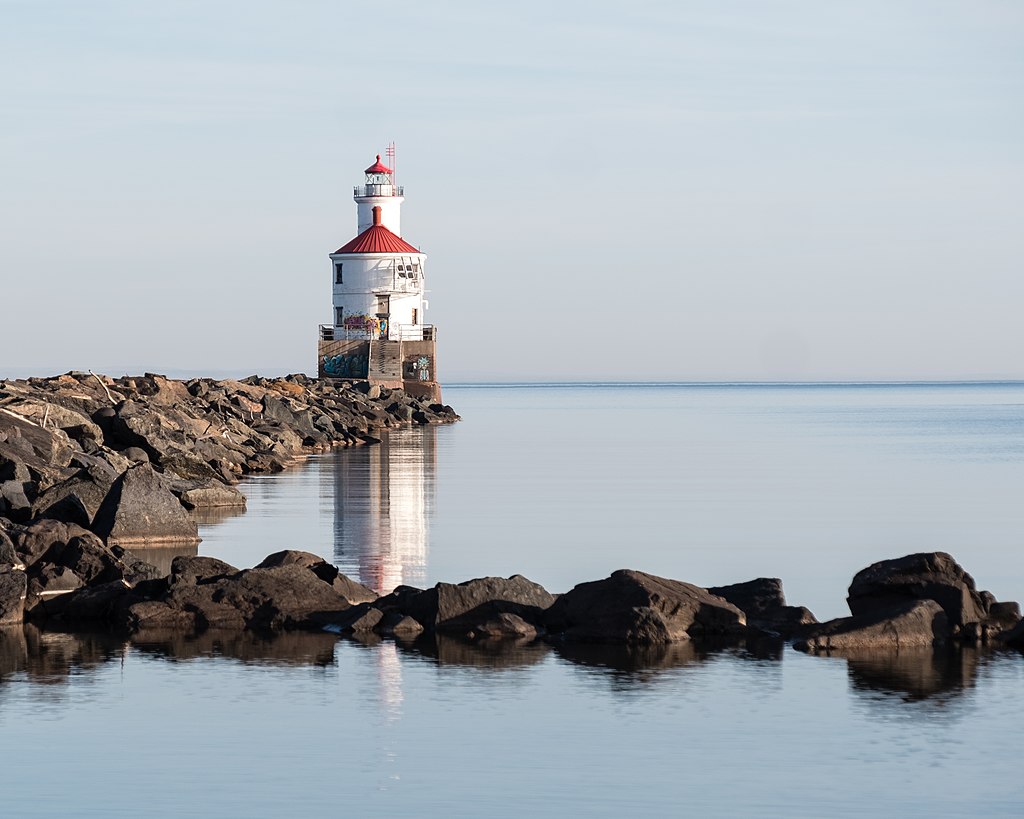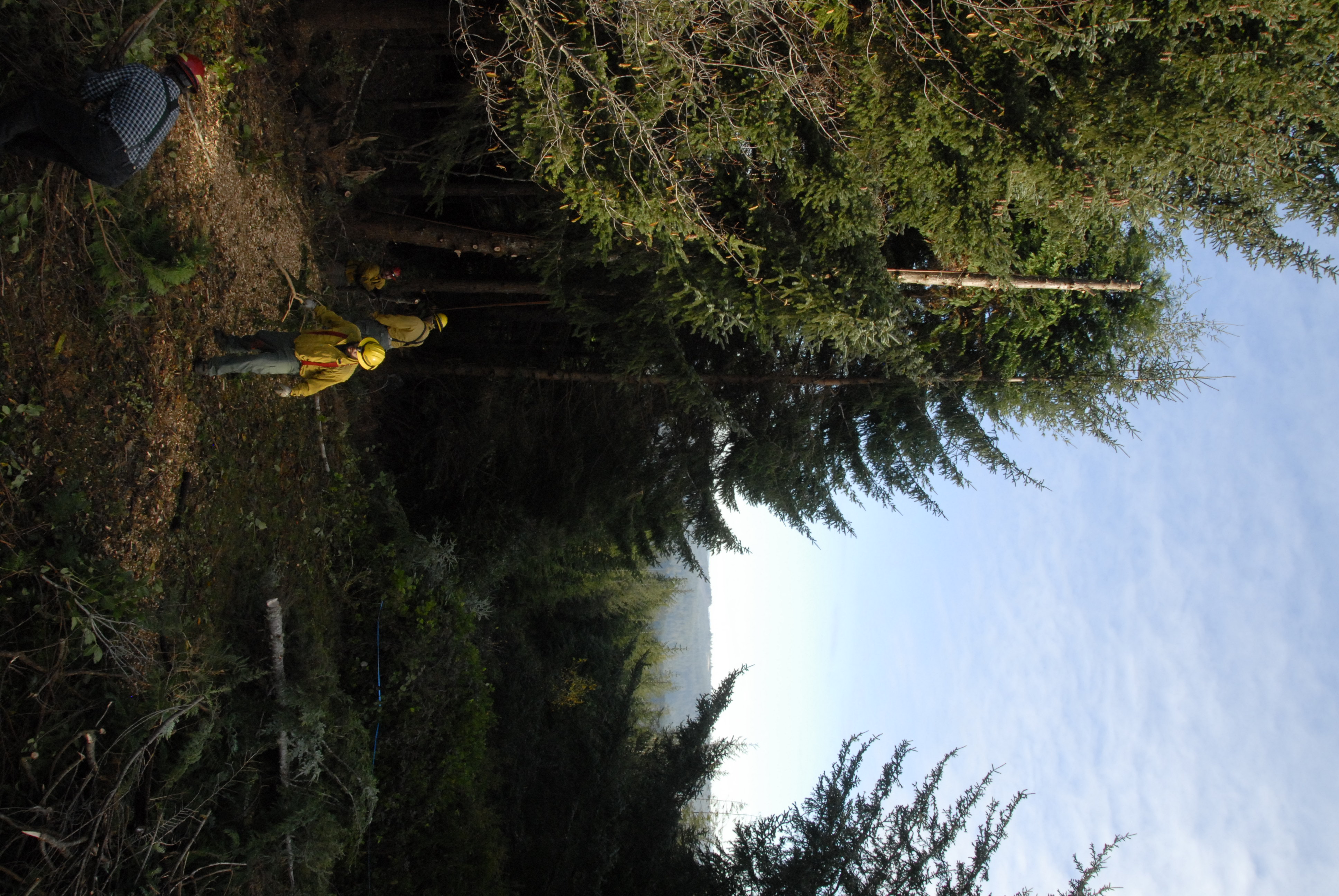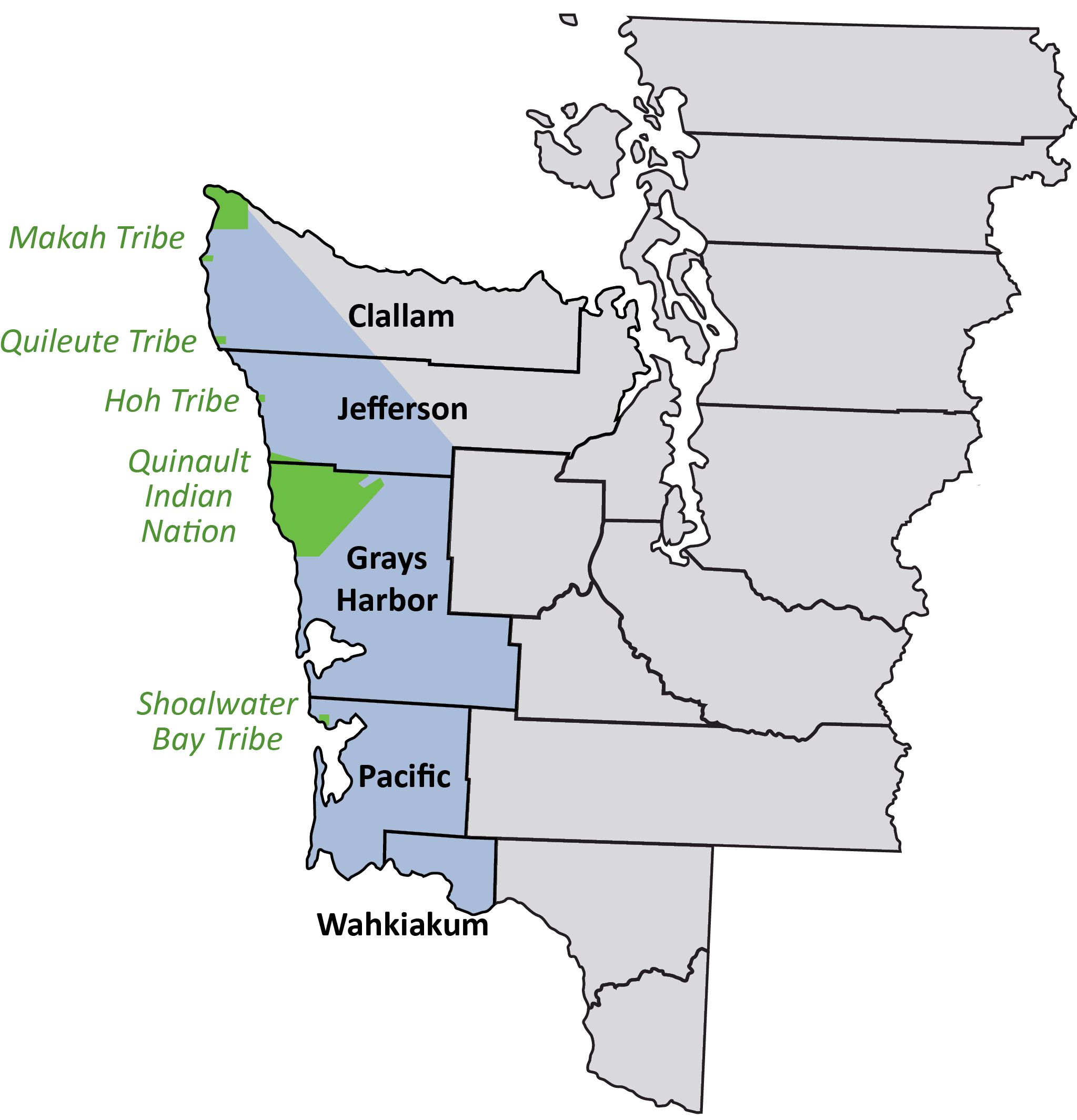Native Americans Play Critical Roles in Many NOAA Projects
The Takeaway: We take a look at the great things that can happen when NOAA and Indigenous communities work together on coastal issues.
NOAA is involved in a wide variety of projects that benefit greatly from Indigenous community contributions, and many more such partnerships are in the planning stages.
As NOAA prepares for a boost in coastal project funding through the U.S. Infrastructure Investment and Jobs Act, the agency held two listening sessions to improve communication and potential coordination with approximately 44 tribal nations and organizations. The participants’ insights are captured in a new report, and more listening sessions are being planned.
Throughout the coastal zone, the powerful ecological wisdom and cultural values that Indigenous communities bring to the table is bringing untold value to NOAA projects, as shown by the following stories.
Indigenous leaders improve Northeast ocean plan
Partners in the ocean plan finalized in 2016 by the Northeast Regional Planning Body included the 10 federally recognized tribes in New England. The plan’s data portal and engagement process helped both tribal governments and other sectors safeguard natural resources while navigating complex new industries, such as Rhode Island’s Block Island offshore wind energy facility.
The Aroostook Band of Micmacs was one of three co-chairs that guided the plan, and many attribute its ongoing success to a vigorous commitment by tribal leaders and stewards. Tribal Consultation Best Practice Guidelines, developed at the same time, aids other coastal organizations that engage with tribal partners on any topic.
The State of Rhode Island and NOAA Office for Coastal Management serve as the other two co-chairs.
Centuries of knowledge enrich Wisconsin project

Credit: Sharon Mollerus, Wikimedia Commons
Hundreds of years before the Wisconsin Point Lighthouse became one of Lake Superior’s most-photographed sights, the Ojibwe people made their home on its surrounding lands, establishing sacred sites still revered today. Their knowledge of its land and waters were vital to a large-scale restoration of the area’s ecology and habitat.
Following three years of work, much of it led by tribal groups, the point’s restored areas cover an acre of dunes, 85 acres of forest, and 150 acres of sensitive coastal habitat. The restoration involved removing invasive species and replanting native vegetation, such as traditional medicinal plants.
The City of Superior led the project in partnership with the Wisconsin Coastal Management Program, and NOAA’s Office for Coastal Management provided $1.5 million in funding through the Great Lakes Restoration Initiative.
Oregon tribes and a reserve share natural resources

Photo credit: South Slough Research Reserve
Over several decades, Oregon’s South Slough National Estuarine Research Reserve became surrounded by dense forest that posed serious fire risks and limited visitors’ vistas within the watershed. Local tribal organizations joined with other partners to lessen those risks dramatically, creating a healthier habitat and a richer environmental education experience.
The Confederated Tribes of the Coos, Lower Umpqua, and Siuslaw Indians donated culturally important native plants that, in combination with forest thinning, nurture the research reserve’s insect pollinators, songbirds, and bats. The plants enhance a rain garden that, along with a renovated gutter system, captures stormwater runoff.
Following forest thinning and prescribed burns, the reserve donated 60 Port Orford cedar logs each to these Confederated Tribes and to the Coquille Indian Tribe. “Cedar, much like salmon, is the lifeblood of our culture; it provides us with medicine, clothing, housing, and transportation,” wrote Doc Slyter, chairman of the Confederated Tribes of the Coos, Lower Umpqua, and Siuslaw Indians, in a letter of appreciation.
A $137,000 grant from NOAA’s Office for Coastal Management aided the effort. Other partners also contributed funding, time, or talent to the effort.
Indigenous steward becomes key California partner

Sea level rise threatens the wetlands of the Elkhorn Slough National Estuarine Research Reserve, which is home to hundreds of bird species, as well as the threatened southern sea otter and endemic Olympia oysters. The Amah Mutsun Tribal Band, a steward of the land for hundreds of years, is a major partner in a project to restore 30 acres of marsh and three acres of prairie, and to recruit 50,000 native Olympia oysters.
These efforts continue work completed several years ago, which raised 61 acres of former salt marsh to an elevation that allows plants to return and to keep pace with projected sea level rise.
Tribal members will help restore the oyster population and write educational and outreach materials centering on Indigenous knowledge and ancestral stewardship of the slough. The California Ocean Protection Council awarded $1.3 million to the research reserve for this project, part of which will aid the Amah Mutsun Land Trust’s Native Stewardship Corps in employing workers.
A variety of NOAA projects benefit from the lived experiences of staff members who are Native Americans or Alaska Natives. View this article to learn more about them. (2021/Updated 2022)
Partners: Amah Mutsun Tribal Band; Amah Mutsun Land Trust Native Stewardship Corps; California Ocean Protection Council; City of Superior; Confederated Tribes of the Coos, Lower Umpqua, and Siuslaw Indians; Coos County; Coos Forest Protective Association; Coos Watershed Association; Elkhorn Slough National Estuarine Research Reserve; Fond du Lac Band of Lake Superior Chippewa; Great Lakes Restoration Initiative; Northeast Regional Ocean Council, NOAA Office for Coastal Management; Oregon Department of State Lands; Oregon State University Extension; State of Rhode Island, South Slough Reserve Management Commission; South Slough National Estuarine Research Reserve; U.S. Army Corps of Engineers and Environmental Protection Agency; U.S. Department of the Interior’s Bureau of Land Management; Washington Coastal Zone Management Program, Wisconsin Coastal Management Program; and the Wisconsin Department of Natural Resources
PRINT